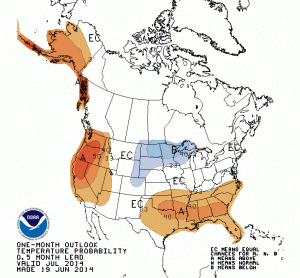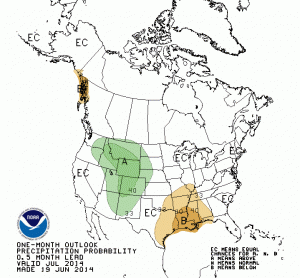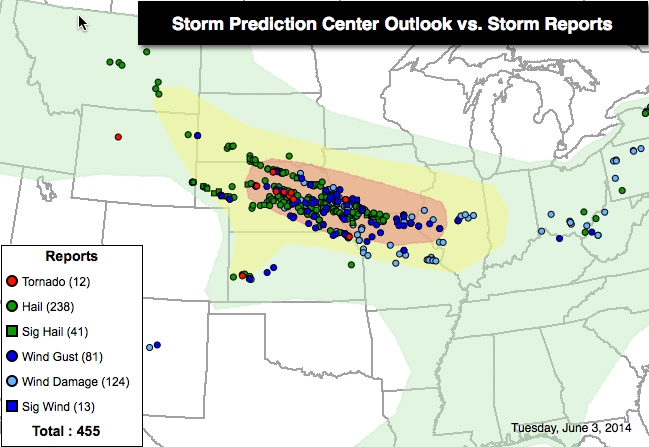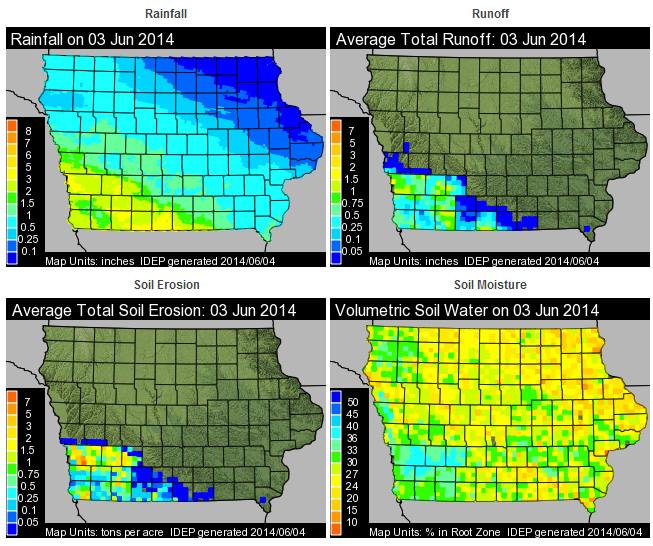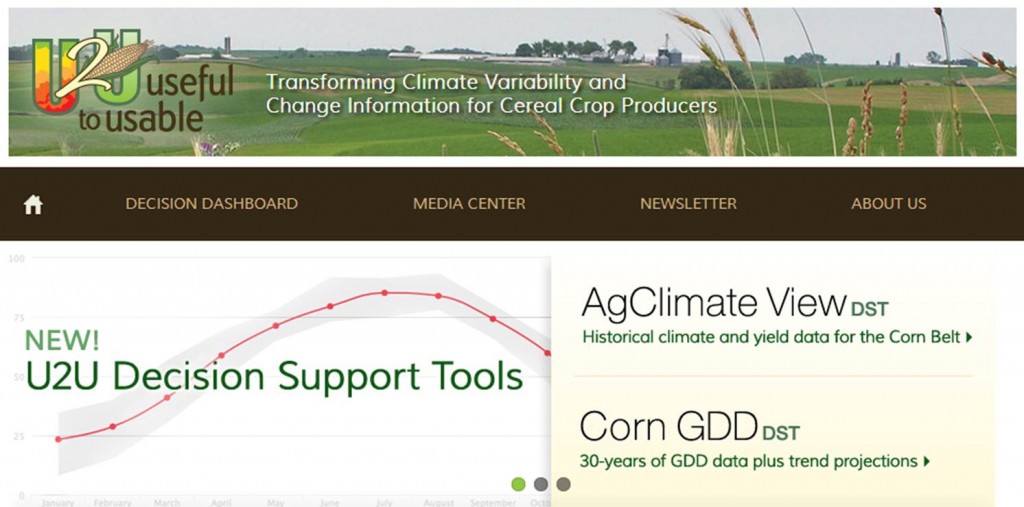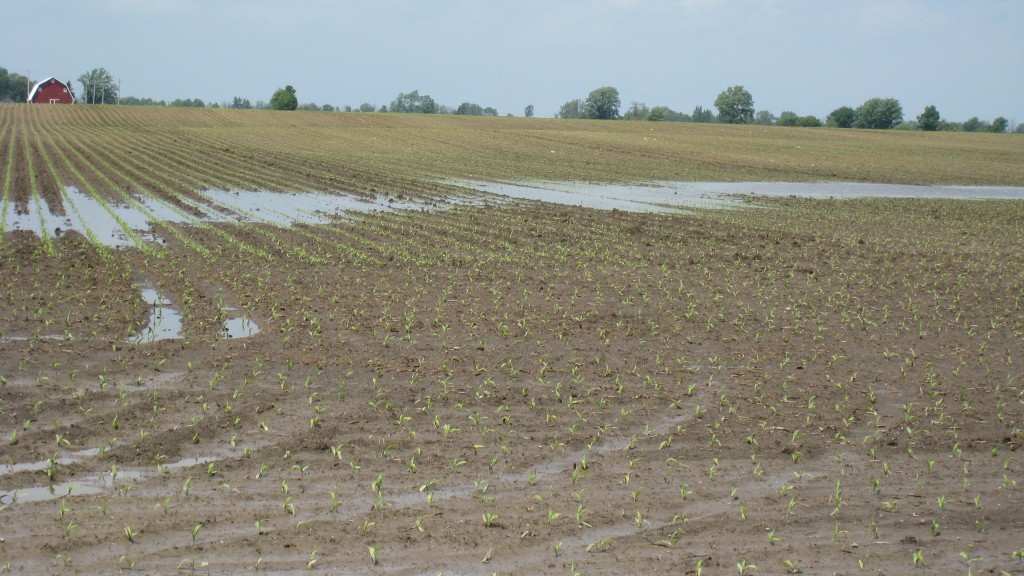 The following post is by guest blogger Amanda Hoover. Amanda is an agriculture teacher and FFA advisor at Continental Local Schools in Continental, Ohio. She is a graduate of South Dakota State University, one of the 10 partner institutions involved in the Sustainable Corn Project. You can follow Amanda on Twitter: twitter.com/MsAHoover. To learn more about how our Education team is training the next generation of scientists, developing science education curricula and promoting learning opportunities for high school teachers and students through this USDA-NIFA funded project click here.
The following post is by guest blogger Amanda Hoover. Amanda is an agriculture teacher and FFA advisor at Continental Local Schools in Continental, Ohio. She is a graduate of South Dakota State University, one of the 10 partner institutions involved in the Sustainable Corn Project. You can follow Amanda on Twitter: twitter.com/MsAHoover. To learn more about how our Education team is training the next generation of scientists, developing science education curricula and promoting learning opportunities for high school teachers and students through this USDA-NIFA funded project click here.
For many kids, summertime means camp time. During June 2014, this was true for some of their teachers, too! Twenty science and agriculture teachers, including myself, met on the campus of Iowa State University campus for Climate Camp.
Sponsored by the Sustainable Corn Project, the camp was a great opportunity for teachers, climate experts, and sustainable agriculture experts to network and learn from one another. One of my favorite things about being an agriculture teacher is the ‘family’ atmosphere within the profession. I love attending events to not only meet other Ag teachers, but also to learn from them. Having the chance to interact with science teachers, and helping them understand the vast connections between science and agriculture, and how they can incorporate ag into their curricula, was an added bonus! Continue reading



